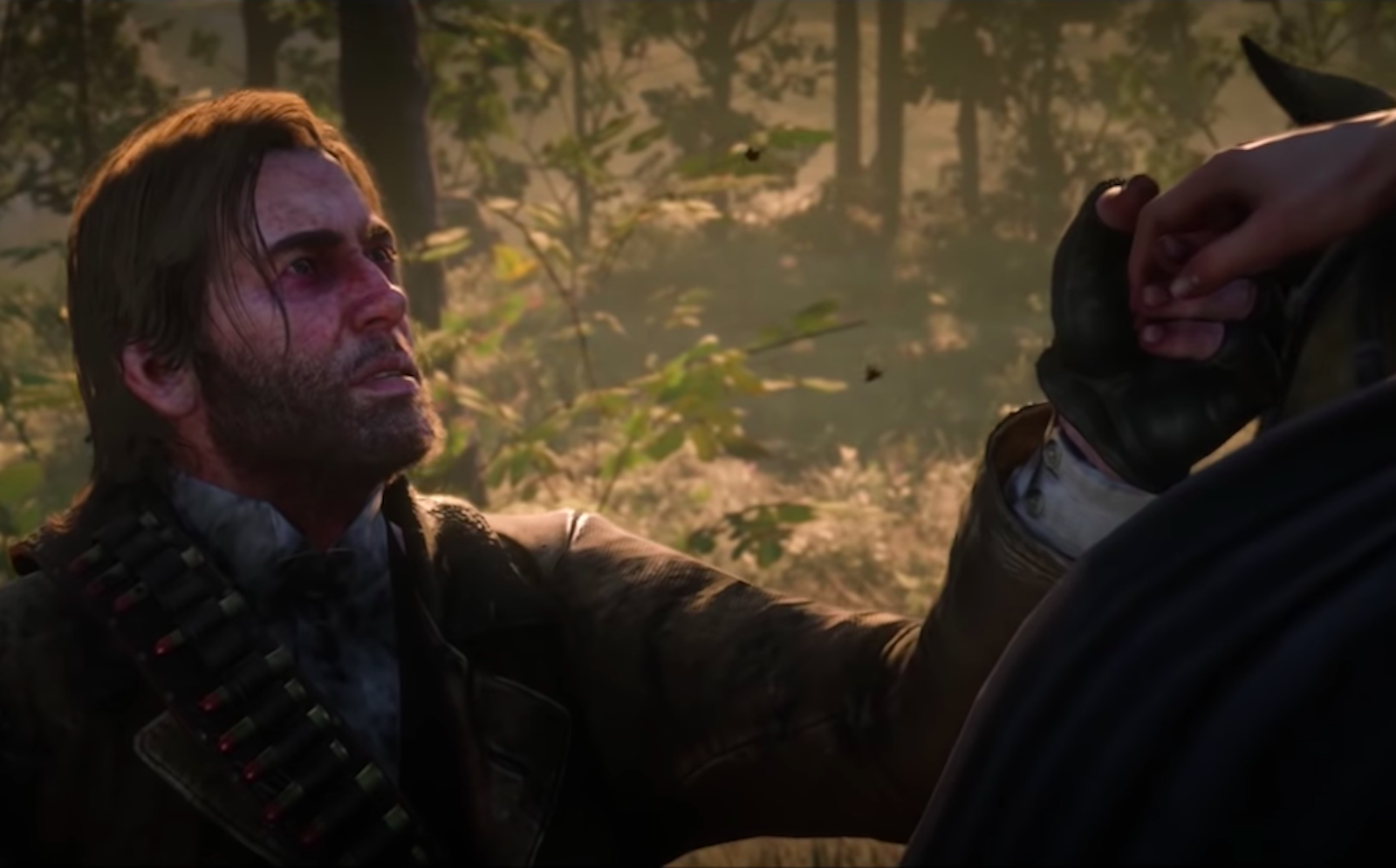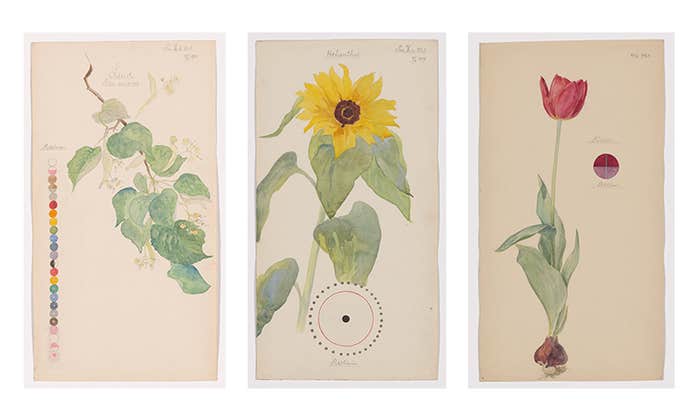In 2002, David M. Morens, now Senior Scientific Advisor at the National Institute of Allergy and Infectious Disease, wrote an essay called “At the Deathbed of Consumptive Art.” It featured a photograph he took of Robert Louis Stevenson’s resting place atop Mount Vaea on Upolu, an island in Western Samoa. In 1894, at 44, Stevenson, author of Treasure Island and Strange Case of Dr Jekyll and Mr Hyde, succumbed to a stroke after years of climbing hills and sailing oceans, searching, on medical advice, for a climate suitable to his tuberculosis. Morens fulfilled one of his boyhood dreams visiting Stevenson’s tomb. “I reflected then that in 1891, when Stevenson had escaped to Upolu, tuberculosis was still a disease of wealthy industrial nations,” Morens wrote. “To run from it, Stevenson had to leave behind everything else in his life: family, friends, mother country, home, comfort. He fled to the very end of the earth.”
Many of us may think that tuberculosis is a disease of the past, an affliction that took down Stevenson, Keats, and renegade dentist and gunfighter, Doc Holliday. But it’s still with us. Only now, unlike in Stevenson’s time, it mostly infects the developing world. In 2018, according to the World Health Organization, eight countries, from Asia and Africa, accounted for two thirds of new tuberculosis cases. Worldwide, 1.5 million people died from tuberculosis last year. People with compromised immune systems, such as those who are HIV-positive, have a higher risk of failing ill from the infection. More than 250,000 HIV-positive people died from tuberculosis in 2018.
Writing 17 years ago, Morens suggested the scourge of tuberculosis, apprehended in dry spreadsheets and figures, had failed to galvanize efforts to combat it. “Two million deaths each year. How can we grasp such statistics of misery?” he wrote. “Reduced to numbers stacked up in columns and cut up in pie charts, tuberculosis patients don’t seem like us.” Morens wanted to show that they are, and offered people and societies a way to see into the heart of those afflicted with the disease. “We may need to recall the lives of dying artists and the work they created and let art paint their faces, sculpt their shapes and contours, and compose leitmotivs,” Morens wrote. “Perhaps such past images will help fix the gazes of today’s victims, whose faces we do not seem to be able to see.”
Poe wouldn’t wish Arthur’s fate on anyone.
Those past images are, as are images from today, as effective as ever. In Red Dead Redemption 2, a Western-themed action-adventure video game, tuberculosis fells the hero in a way that strips romanticism from the disease and shows us its ravages in a burgeoning scientific age, when doctors knew the affliction’s cause but not its cure.
In his essay, Morens delves into the “Romantic Era of Consumption,” outlining how the disease appealed to the 19th century’s melancholy artists. “The pallor and wasting, the burning sunken eyes, the perspiration-anointed skin—all hallmarks of the disease—came to represent haunted feminine beauty, romantic passion, and fevered sexuality,” Morens wrote. In “Adonais,” his poem that immortalizes Keats’ death from tuberculosis, Shelley laments, “The bloom, whose petals nipped before they blew/Died on the promise of the fruit, is waste …”
Contracting tuberculosis used to be known as “consumption,” for the way the illness seemed to consume the body of the sufferer. “It was the fashion to suffer from the lungs; everybody was consumptive, poets especially,” Alexandre Dumas once said. “It was good form to spit blood after any emotion that was at all sensational, and to die before reaching the age of thirty.” A young man in Edgar Allen Poe’s short story “Metzengerstein” liked the idea, not believing tuberculosis to be the cause of death du jour. “I would wish all I love to perish of that gentle disease,” he said. “How glorious! to depart in the heyday of the young blood—the heart all passion—the imagination all fire—amid the remembrances of happier days….” Puccini’s La Boheme, about the love affair between the lonely embroideress Mimi and destitute poet Rodolfo, unfolds in a perfumed atmosphere of consumptive doom. As Mimi is dying from tuberculosis, Rodolfo tells her she is as “beautiful as the dawn,” but she corrects him. “You’ve mistaken the image. You should have said, ‘beautiful as the sunset.’”
During the Romantic era, Morens wrote, as science was beginning to understand the disease, though not yet its etiology, it “was left to the arts to make sense of misery and death in ways that turned otherwise senseless suffering into human dignity and hope.” Five years after Tolstoy showed the ravages of the disease in Anna Karenina, scientist Robert Koch discovered the bacteria that caused tuberculosis in 1882, spurring the development of tests to discover and treat it. Worldwide efforts to prevent the disease became instituted in the 20th century. Since 2000, 58 million lives have been saved from tuberculosis by prompt diagnosis and effective treatment, and the disease’s incidence rate has been falling 2 percent per year. In 2015, Ariel Pablos-Mendez, assistant administrator for global health at the U.S. Agency for International Development, made what now seems a prescient statement: “We can now begin to imagine the end of tuberculosis.” In October, researchers announced the completion of a clinical trial that showed a 50 percent success rate for a tuberculosis vaccine. It’s not ideal—the measles vaccine, by comparison, boasts a 98 percent success rate—but it’s not bad given the amount of people it could help. “Even a partly effective vaccine,” the New York Times reported, “may save millions of lives.”
There is, however, one aspect of the disease that medicine can’t seem to cure. A 2010 study found that a tuberculosis diagnosis carries a powerful stigma, highly prevalent in the countries most affected by the disease, which delays or altogether thwarts treatment. In India, for example—one of the eight countries that accounts for two-thirds of new tuberculosis cases—people tend to keep the illness a secret. They avoid visiting clinics. If they do go, and receive antibiotics, the stigma makes them reluctant to comply with their prescription, perhaps out of fear that their medication might be found. This pattern diminishes treatment efforts and powers the birth of resistant strains of the tuberculosis bacteria. As a recent STAT headline declared, “The resurgence of tuberculosis is behavioral, not medical.”
To Vidyullatha Peddireddy, a researcher at the Gandhi Institute of Technology and Management, the situation in India is urgent. She recommends, among other things, a national-level effort of publicizing the importance of psychological support for tuberculosis patients, the aim being to reduce the stigma of contracting the disease, and enabling those afflicted to seek proper treatment. “It is high time,” she wrote, in a 2016 paper, “that all the agencies in India that work for reducing [tuberculosis] burden realize that improving health literacy and adopting psychological interventions should be practiced to improve the [quality of life], treatment outcome and prevention of this disease.”
It is also high time for more research on how to cut down tuberculosis stigma. A recent systematic review of studies published between 1950 and 2015 found only seven that offered “evidence of effectiveness” in decreasing it. Still, it’s something, the authors concluded. “Knowledge-shaping, attitude-changing and patient-support interventions can be effective in reducing [tuberculosis] stigma, but more rigorous evaluations are needed.”
Absent those evaluations, we have Red Dead Redemption 2. It offers a moving and unromantically grim view of what it is like to have tuberculosis in a developing country today, without the stigma, as it should be. Near the end of the story, Arthur Morgan, a middle-aged outlaw, reveals to a fellow gang member, an old soul named Charles Smith, that he—you, Arthur, the player—will soon die. “I saw a doctor,” Arthur says, as he and Charles head, on horseback, down a canyon trail along a river. “It’s pretty bad, and it’s gonna get worse.”
Arthur catches tuberculosis early on in the game, which is set in 1899, and when he sees the doctor, he breaks the diagnosis to Arthur, saying, “I’m really sorry for you, son. It’s a hell of a thing.” Charles has the right words. “Oh, Arthur, any day we can die,” he says. “We’re riding to break an Indian Chief’s son out of a cavalry fort. We could both die tonight. In a way, it is a gift to know. In a way, you are lucky.” Arthur is hesitant, or perhaps skeptical, to resign himself to the end so readily. But, as Charles explains, unlike so many of their fallen outlaw comrades, who died ignobly, “You still have time to make amends. You get the chance to do something better. My guess is maybe that’s why you’re here now”—to perform what is, essentially, a romantic act of altruism.
In Illness as Metaphor, which considers how art can shape our view of disease, Susan Sontag wrote, “For those characters treated less sentimentally, the disease is viewed as the occasion to finally live well.” She continued, “At the least, the calamity of disease can clear the way for insight into lifelong self-deceptions and failures of character.”
I have to think that one of the writers at Rockstar Games, the developer of Red Dead Redemption 2, knew that tuberculosis was once considered the “romantic disease” or had read Illness As Metaphor. Part of what makes the conclusion of Red Dead Redemption 2 so poignant and satisfying is witnessing Arthur accrue that sort of insight. It allows him, right before he dies, to redeem himself. This is the sentimental rubric artists relied on during the romantic era, before scientists began to piece together the nature of the disease. But Arthur feels like a post-Romantic character. His suffering, in tune with Sontag, is not at all sanitized: We see him go through hell—the bloody coughing fits, the labored breathing, fainting, and cold sweats. Poe wouldn’t wish Arthur’s fate on anyone.
The outlaw’s end struck a chord in the tuberculosis community. On its website, the TB (Tuberculosis) Alliance, a nonprofit product development partnership that manages the largest pipeline of tuberculosis drugs, took the opportunity, in a January post about Red Dead Redemption 2, to highlight some of the salient and sobering facts about the disease. The Alliance also contacted Austin Hourigan, a video creator at The Game Theorists, a popular YouTube channel for math enthusiasts, about what motivated him to make a video discussing tuberculosis from the perspective of Red Dead Redemption 2. “I was embarrassed, because I had thought of [tuberculosis] as a small force in the world,” Hourigan told the TB Alliance. “I knew about drug-resistant strains, and even multidrug-resistant strains, but I thought the impact of the disease was low still, because I literally never hear about it from media.”
I admit that I, too, knew almost nothing about the impact tuberculosis has worldwide until reading more about it after playing the game. Hourigan’s video now has almost 1.5 million views. “I thought I could use an evocative moment in a game, where the protagonist succumbs to his tuberculosis infection, as a way to more or less piggyback ride a broader conversation,” Hourigan said.
Red Dead Redemption 2 may not rid the world of tuberculosis, but by showing the human face of tuberculosis in the world’s most popular art form, perhaps the video game can offer hope and dignity, as the art did of an earlier era, to those suffering from the disease, ensuring them they’re not alone.
Brian Gallagher is the editor of Facts So Romantic, the Nautilus blog. Follow him on Twitter @BSGallagher.


























